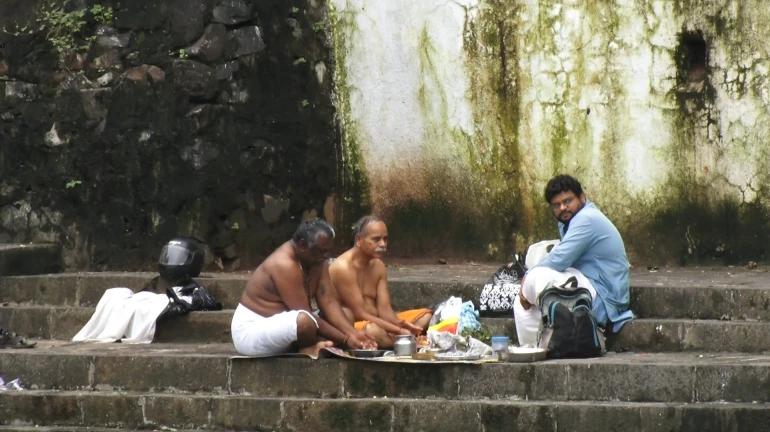
The Brihanmumbai Municipal Corporation (BMC) is set to trial a new cleaning technique at the Banganga Tank in Walkeshwar. Starting next week, they will replace the current process with a modern robotic device known as the "Jellyfish".
Currently, the BMC uses both manual labour and JCB machines to remove silt from the tank. To improve the process, the civic body decided to conduct trials using the jellyfish machine. It is remote-controlled and has a range of 1 kilometer. The machine operates using different types of nets designed to collect waste, oil, and flower offerings from the water.
The jellyfish is capable of running for seven hours continuously and can function in auto mode. The robotic device was tested last Wednesday, September 25, in the Banganga Tank, and one final trial will be conducted before the BMC makes a decision regarding its permanent use.
Restoration will be completed in two phases, with work expected to finish by next year. The BMC had previously cancelled the contract due to damage caused to the steps by the contactor.
The trial is essential after the Pitru Paksha rituals for cleanliness. Pitru Paksha is a 16-day period during which people honour their ancestors by immersing food offerings in the Banganga Tank. However, locals have noted that these offerings pollute the water and result in the death of fish.
In response, the BMC has attempted various measures, including adding clean water, removing polluted water, employing cleaners, and using collection containers. The municipal corporation has also put up signs asking people to first dip the food offerings in containers instead of directly into the water. However, many continue to disregard these instructions.
The Banganga Tank is a Grade I heritage site and is maintained by the Maharashtra Archaeological Department. It dates back to the 11th century and is owned by the Gaud Saraswat Brahmin Temple Trust. The tank contains fresh water despite being near the Arabian Sea.





